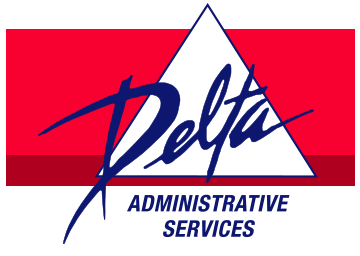As we approach the new year, it's crucial to stay informed about the latest developments…
COVID-19 Update June 17, 2020
For those who received PPP loans, today’s HR news included information on forgiveness.
There were two PPP Loan forgiveness applications released by the SBA this morning and available for download below – regular and EZ. The abbreviated three-page EZ application features simplified requirements with four pages of detailed instructions. We will have more insights to share in the next few days, but currently, the companies eligible to use the EZ form must meet the following criteria:
- The employer did not reduce the payroll and kept it at its normal pay rates.
- The employer did not reduce staff count due to the pandemic (normal loss of employees that quit or are terminated for cause are allowed).
For the regular five-page application for PPP forgiveness, there are seven pages of instructions. A notable change from 8 weeks to 24 weeks means that if you had an employee max out at 8 weeks, based on 100k of payroll, $15,384 would be allowed toward forgiveness. The change is to allow 24 weeks of salary instead of 8, which equates to $46,123 of salary for that employee toward forgiveness if you choose the 24-week period. For any business owner, the new 24-week salary rule has changed as well, allowing your 2019 net profit to be used as the base for counting 8 weeks of cost for forgiveness, capping at around 20k.
Application Downloads:
- PPP Regular Loan Forgiveness Instructions
- PPP Regular Loan Forgiveness Application
- PPP EZ Loan Forgiveness Instructions
- PPP EZ Loan Forgiveness Application
On the health insurance front, Multi-Employer Plans (MEPs) will be changing in name to Preferred Plan Providers (PPPs) federally by 2021. MEP’s pertain to the section of the Secure Act of 2018 that sanctioned pooling multiple employers into one policy, also referred to as Association Health Plans. The New Orleans Chamber of Commerce previously offered something similar, for example.
This ruling is particularly important for Louisiana, where there is a law outlawing this practice, while PEO’s around the country have already implemented similar plans. Thus, the ability to be rated as a large employer instead of the small group as its currently done will optimize insurance costs for small businesses. We are hoping the federal law will preempt the state law and will begin to generate a plan for Delta clients once we know more about the progress.
As always, please don’t hesitate to reach out to us if you have any questions.
